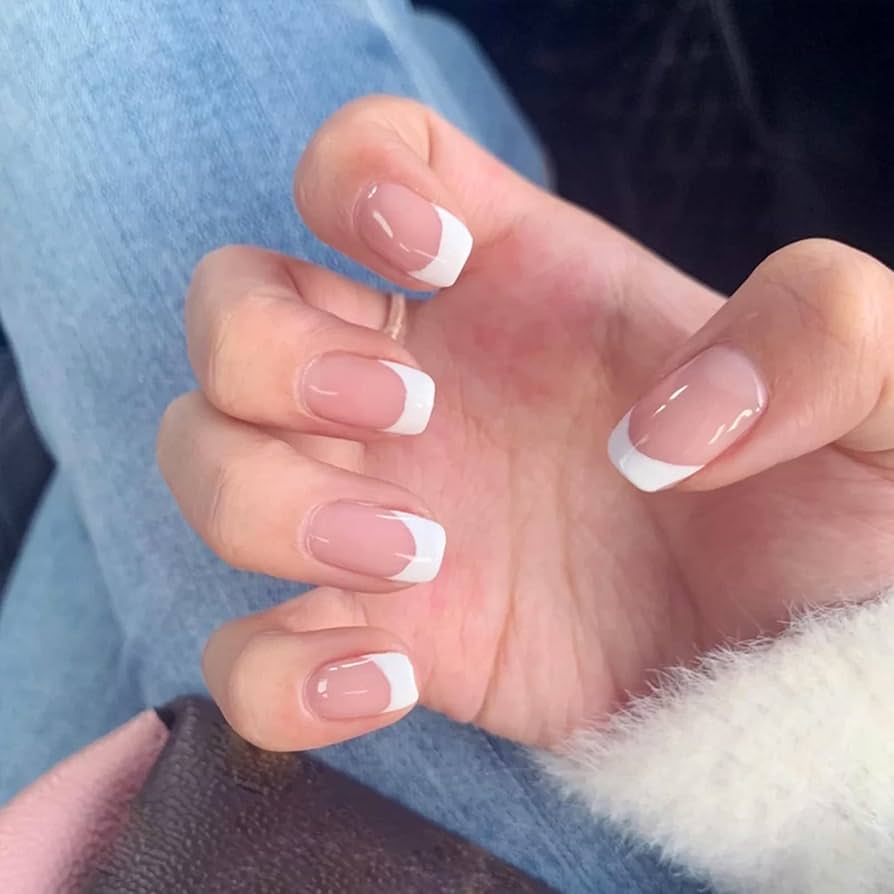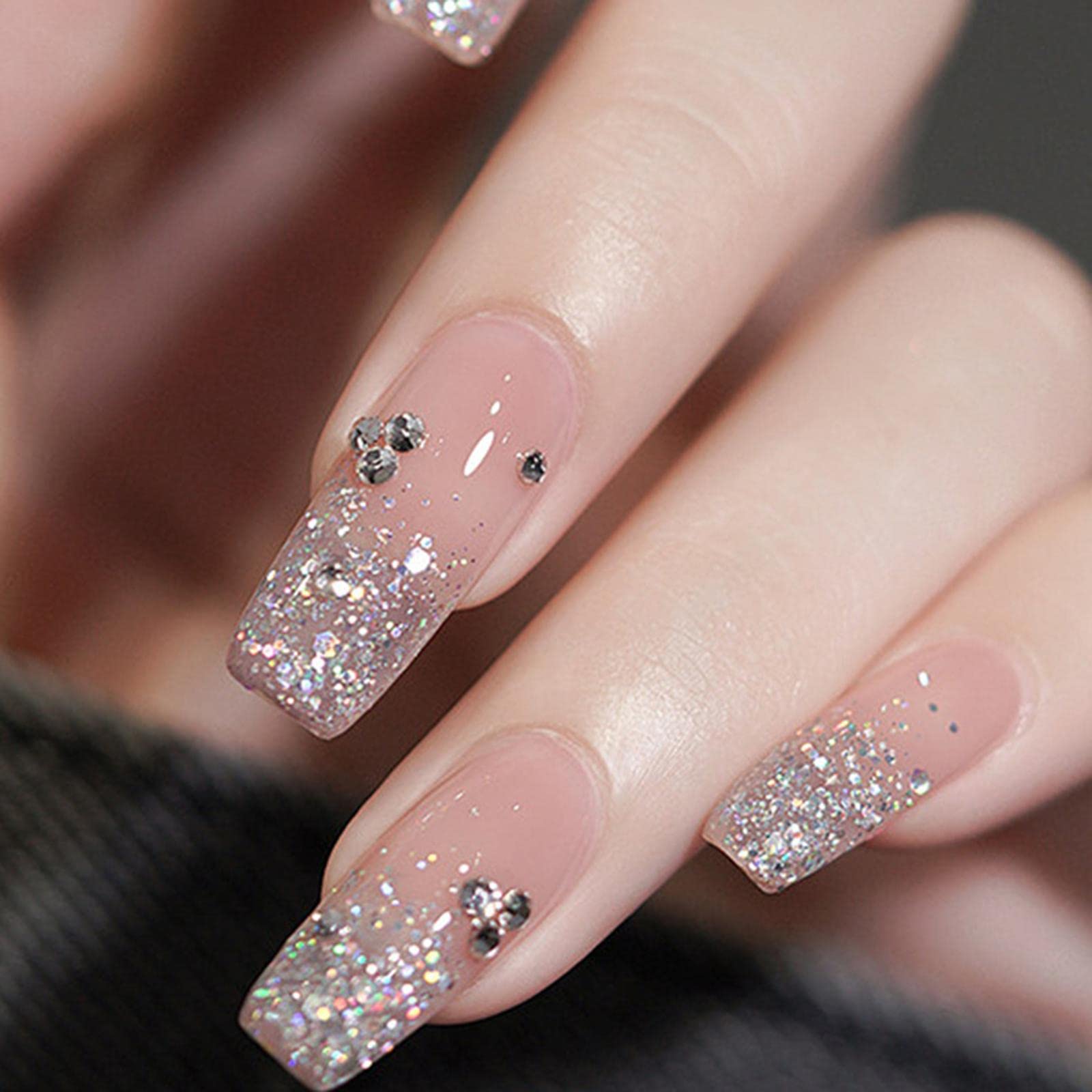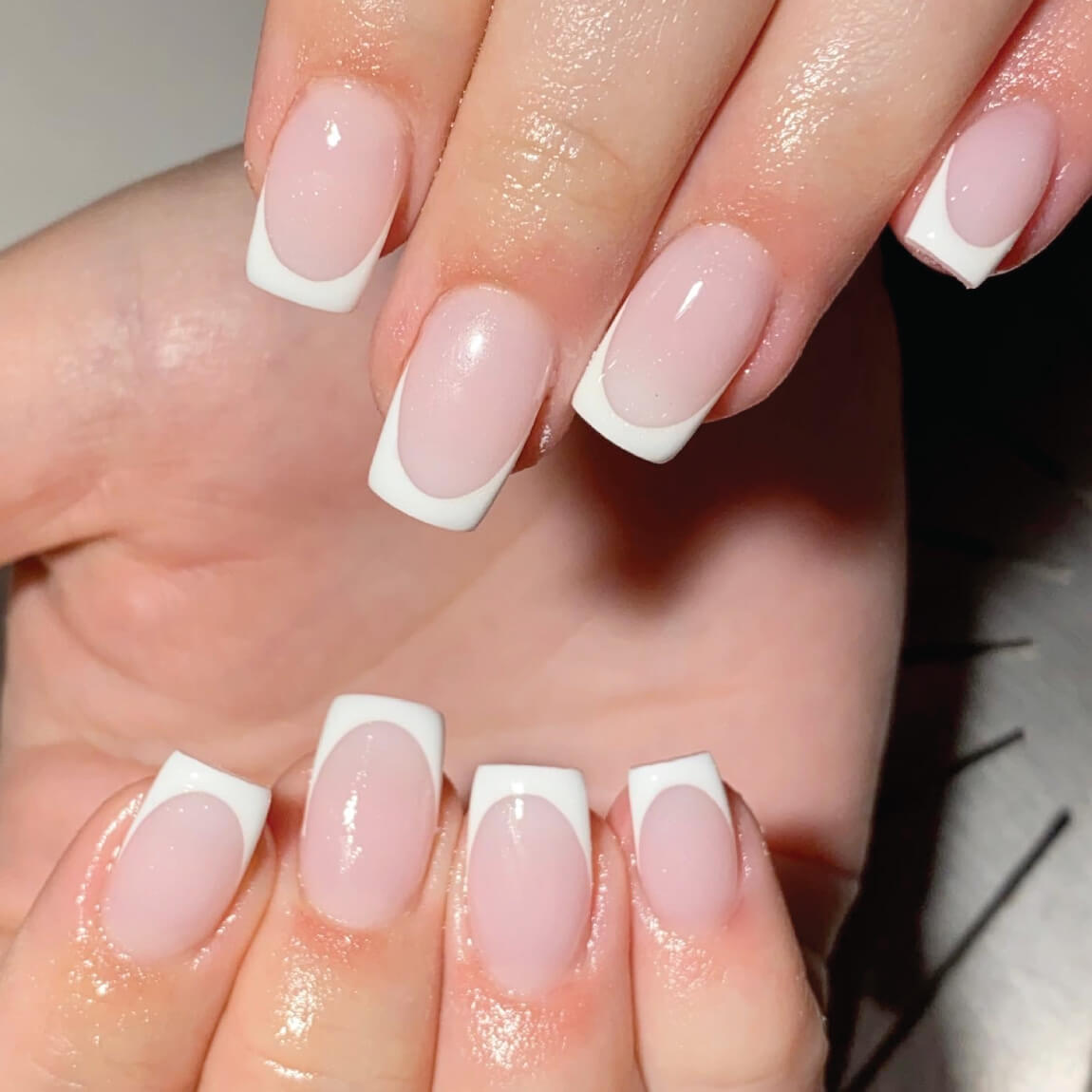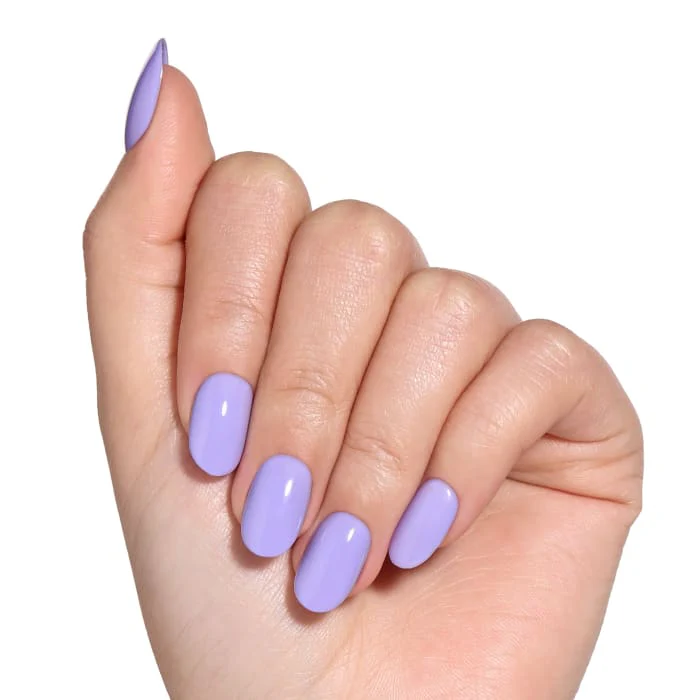
Revive Your Nails Post-Gel: Effective Fixes for Damage
Damaged Nails After Gel Removal: Understanding, Prevention, and Care
Gel manicures are popular for their long-lasting shine and durability. However, many individuals experience damaged nails after gel removal. This blog explores the causes, prevention strategies, and effective care methods for recovering from damage. Understanding these elements helps individuals maintain healthy nails.
Reviving Damaged Nails After Gel Removal: Your Ultimate Guide to Restoration
Have you recently peeled off your gel manicure only to reveal nails that are weak, brittle, and downright distressed? You’re not alone. Many beauty enthusiasts experience this common issue, and it can feel disheartening when your once-strong nails appear damaged. But don’t despair! While gel nails offer a stunning, long-lasting finish, the removal process can sometimes leave your natural nails in a less-than-ideal state.
When gel polish is applied, it creates a hard, protective layer over your nails, which can lead to a lack of moisture and nutrients over time. Once you remove that layer, your nails may feel thin, dry, and susceptible to breakage. However, it’s essential to understand that this situation is not permanent. With the right care and an effective recovery plan, you can restore your nails to their healthy, vibrant state.
Join us as we dive deep into the world of nail recovery. With patience and the right approach, you can reclaim your nails’ strength and beauty, ensuring they are ready for your next gel application—or even flaunting their natural allure independently. Say goodbye to damaged nails and hello to a robust recovery journey!

The Impact of Gel Manicures on Nail Health
Gel manicures offer durability and shine but may come at a cost to nail health. Prolonged use of gel polish and repeated exposure to UV light during curing can leave nails weak and prone to damage. The process of removal can further compromise nail integrity, leading to various issues that require attention and care.
Common Problems from Gel Nail Treatments
Regular gel manicures can cause several problems for the nails. Peeling or forcefully removing gel polish can strip layers off the nails, leaving them thin and fragile. Exposure to harsh chemicals during application and removal can also lead to dehydration, weakening the nail structure. Recognizing these potential pitfalls is crucial for maintaining healthy nails.
Signs and Symptoms of Gel Damage
After gel removal, nails might show signs of distress such as brittleness, dryness, and discoloration. White patches and uneven nail surfaces can emerge, indicating the level of stress inflicted on the nails. These conditions serve as a reminder to treat our nails with greater care after undergoing gel treatments.
Causes of Nail Damage After Gel Removal
Damage often occurs due to improper removal techniques. Damaged nails after gel removal: Many salons do not follow proper protocols, leading to weakened nails. Acetone, a common ingredient in gel removers, can also contribute to dryness. While it effectively dissolves gel polish, it may strip nails of natural oils. Excessive buffing and scraping during the removal process is another culprit. This aggressive approach weakens the nail structure, resulting in brittleness.
Moreover, the quality of gel products used plays a significant role. Low-quality gels can cause more harm during removal. They may adhere too strongly to the nail, making removal difficult. Consequently, this difficulty can lead to harsh methods. These methods not only damage the nails but also create an unhealthy environment for future growth.
Lastly, frequency of gel applications contributes to nail health. Constant use of gels without giving nails a break may lead to cumulative damage. Over time, this practice affects the underlying nail layers. As nails become thinner and weaker, they become more prone to splitting and breaking. Addressing these practices can help mitigate damage after gel removal.

Signs of Nail Damage After Gel Removal
Recognizing the signs of damage is crucial for recovery. First, nails may appear thinner or more fragile than usual. Individuals can notice increased breaking or splitting, especially at the tips. Additionally, the surface may look rough or uneven. This change indicates that the protective layer has been compromised.
Another sign is discoloration. Nails might take on a yellowish or dull appearance due to the harsh chemicals used during the gel application and removal processes. Furthermore, individuals may experience pain or sensitivity in their nails or surrounding skin. This discomfort often arises from insufficient care after removal.
In some instances, nails might develop ridges or peeling, indicating long-term damage. This becomes evident over time, especially with repeated gel applications. These visible signs reflect underlying health issues that cannot be ignored. Therefore, paying attention to nails post-gel removal is essential for identifying potential problems early.
Prevention is Key to Healthy Nails
Preventing nail damage begins with choosing the right salon. Researching and selecting licensed technicians ensures proper removal techniques are used. High-quality gel products make a significant difference as well. Investing in reputable brands reduces the likelihood of damage during both application and removal.
Another effective prevention strategy is taking breaks between gel manicures. Allowing nails time to recover helps maintain their strength and integrity. Designating times for natural manicures or using regular polish can provide this much-needed rest. This practice also allows the nails to breathe and rejuvenate.
Moreover, proper aftercare is vital. Consider moisturizing nails and cuticles regularly to combat dryness. Using nourishing oils can replenish lost moisture and promote healing. Furthermore, applying a strengthening base coat before the next gel application can provide an additional layer of protection.

Best Practices for Removing Gel Polish
Safe gel removal is essential for preventing damage. Following best practices ensures the health of nails. First, it is important to soak nails in acetone appropriately. Wrap each nail with a cotton ball soaked in acetone and aluminum foil. This method keeps the acetone in contact with the gel polish for optimal effectiveness.
After soaking for 10 to 15 minutes, gently push off the softened gel with a wooden or plastic cuticle pusher. Avoid using metal tools, as these can cause further damage. If the gel does not lift easily, re-soak the nails. Patience is crucial to prevent unnecessary harm.
Once the gel is removed, gently buff the nail surface using a fine-grit file. Exercise caution during this step. Over-buffing can lead to thinning of the natural nail. After buffing, wash hands thoroughly to remove any residual acetone. Finally, applying a moisturizing hand cream can help counteract dryness.
Essential Aftercare for Damaged Nails
After gel polish removal, immediate aftercare is crucial. Start by applying a nourishing cuticle oil. This oil restores moisture to cuticles and helps promote healthy nail growth. Ingredients such as jojoba oil or vitamin E are beneficial for healing.
Next, consider using a nail strengthener. This product reinforces the nail structure and encourages recovery. Look for formulas that include keratin or biotin. Regular application of these strengthening products helps prepare the nails for future manicures.
Additionally, stay hydrated and maintain a balanced diet. Consuming adequate vitamins and minerals supports nail health. Incorporate food rich in omega-3 fatty acids, zinc, and protein for optimal results. These nutrients promote strong, resilient nails.
Finally, consider wearing gloves during household chores. This practice protects the nails from exposure to harsh chemicals and excessive moisture. Taking these simple steps can significantly enhance nail recovery after gel removal.
Rebuilding Strength: Time and Patience
Rebuilding nail strength after damage requires time and patience. It is essential to understand that nails do not recover overnight. Gradual improvement is the norm, so individuals should manage their expectations. Being mindful of nail health during this recovery phase is crucial.
Establish a regular care routine. This routine should include nourishing treatments and protective measures. Consistently applying cuticle oils and strengthening treatments promotes resilience. Additionally, avoid frequent gel applications during this period. Give nails ample time to rejuvenate and regain vitality.
During recovery, nails may appear unsightly or feel weak. This temporary phase can lead to frustration. However, perseverance is key. With diligent care and attention, nails will eventually regain their former strength and appearance. Recognizing progress, even if small, helps maintain motivation.

When to Seek Professional Help
Sometimes, nail damage requires professional intervention. If nails show persistent signs of damage despite proper care, seeking advice is wise. Dermatologists or nail technicians can provide valuable insights and treatments tailored to specific issues.
Signs that warrant professional help include severe pain, visible infections, or extensive peeling. These symptoms may indicate underlying conditions that need expert evaluation. Additionally, professional treatments may offer faster recovery solutions, such as specialized strengthening protocols or topical treatments.
Moreover, individuals struggling to maintain healthy nails should consult professionals. Guidance on proper nail care and habits can foster long-term nail health. Engaging with experts can also provide opportunities to learn about new products that promote recovery and protection.
Conclusion: Embracing Healthy Nail Practices
Retaining healthy nails after gel removal involves a combination of prevention, care, and attention. Understanding the causes of damage can help individuals make informed choices. Choosing quality products, taking breaks, and utilizing proper removal techniques are fundamental steps toward healthier nails.
Moreover, post-removal care is essential for recovery. Regularly moisturizing, applying strengthening treatments, and maintaining a balanced diet contribute to nail resilience. With time and patience, nails can regain strength and beauty.
Incorporating these practices into a regular routine promotes not just recovery, but long-lasting nail health. Embracing mindful habits and professional advice can lead to beautifully maintained nails. As the journey to recovery unfolds, individuals can enjoy the satisfaction of having healthy and strong nails once again.

